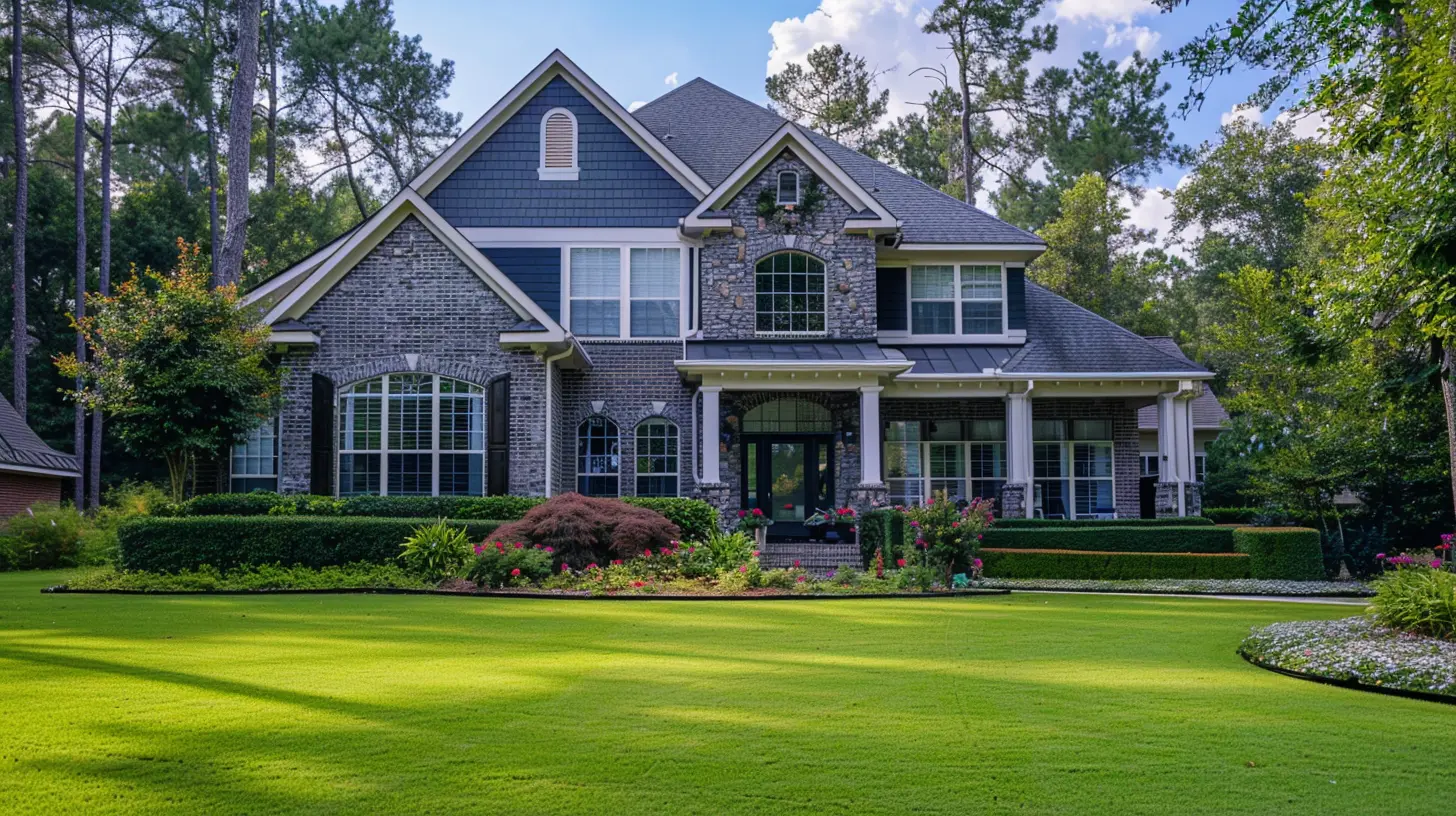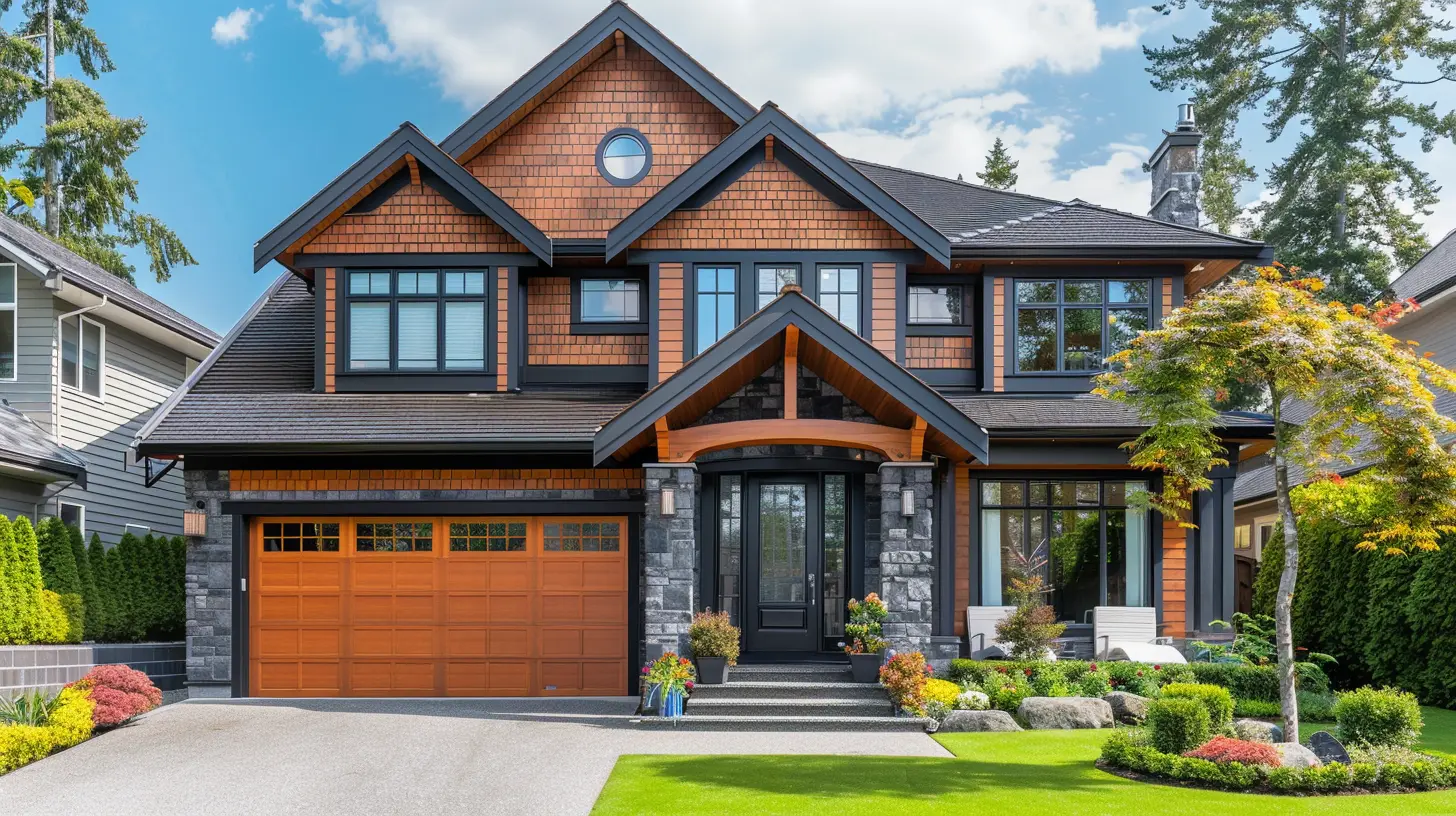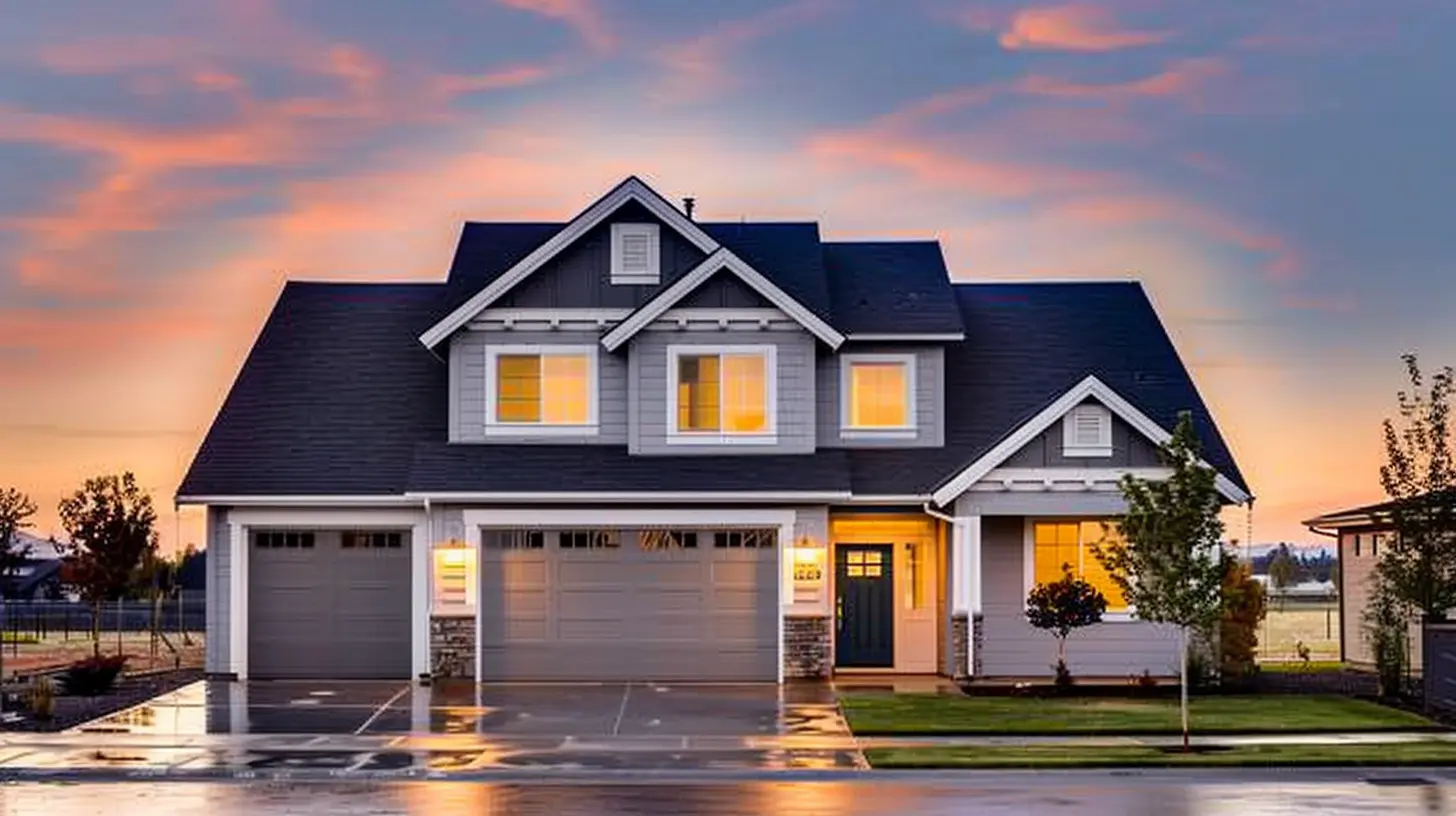What Your Down Payment Means for Your Mortgage Options
19 November 2025
Buying a home is one of the biggest financial decisions you'll ever make. And while many factors affect your mortgage terms, your down payment plays a massive role in determining the type of loan you qualify for, your interest rates, and even your monthly payments.
But what exactly does your down payment mean for your mortgage options? Let’s break it down in simple terms so you can make the best financial choice for your future home. 
What Is a Down Payment?
A down payment is the upfront cash you put toward the purchase of a home. It’s your initial investment in the property and is usually expressed as a percentage of the home's purchase price.For example, if you're buying a $300,000 home and put down 10%, that means you're paying $30,000 upfront and financing the remaining $270,000 through a mortgage.
The size of your down payment directly impacts your mortgage terms, including interest rates, loan types, and even the lenders willing to work with you. 
How Your Down Payment Affects Your Mortgage Options
Many homebuyers focus on the down payment simply as an upfront cost, but it actually influences several key aspects of your mortgage. Here's how:1. Loan Eligibility and Type
Your down payment can determine what types of mortgage loans you have access to:- Conventional Loans: Typically require at least 3% to 5% down, but if you put down 20% or more, you can avoid private mortgage insurance (PMI).
- FHA Loans: Backed by the Federal Housing Administration, these loans allow for as little as 3.5% down but require mortgage insurance.
- VA Loans: For eligible military veterans and service members, VA loans often require no down payment at all.
- USDA Loans: Intended for rural homebuyers, these also allow for 0% down if you meet specific income and location requirements.
The larger your down payment, the more loan options you’ll have at your disposal.
2. Impact on Loan-to-Value (LTV) Ratio
The loan-to-value (LTV) ratio measures how much of the home’s price you’re borrowing compared to how much you’ve put down.Formula:
\[
LTV Ratio = \left(\frac{ ext{Loan Amount}}{ ext{Home Price}}\right) imes 100
\]
For example, if you buy a $300,000 home and put down $60,000, you'd borrow $240,000. Your LTV ratio would be:
\[
\left(\frac{240,000}{300,000}\right) imes 100 = 80\%
\]
Why does this matter? Lenders use LTV to assess risk. A higher LTV means higher risk, which can lead to:
- Higher interest rates
- Stricter loan requirements
- Private mortgage insurance (PMI) requirements
The lower your LTV, the better your mortgage terms generally are.
3. Interest Rates: Bigger Down Payment, Lower Rates
Lenders prefer less risk. A sizeable down payment shows them you’re financially stable and less likely to default. In return, they reward you with lower interest rates.Even a small difference in interest rates can mean thousands of dollars in savings over the life of your loan. For example, on a $250,000 loan:
- 3.5% interest rate: $1,122 monthly payment
- 4.5% interest rate: $1,266 monthly payment
That’s an extra $144 per month or $51,840 over 30 years—just for having a higher interest rate!
4. Private Mortgage Insurance (PMI) Costs
If you put down less than 20% on a conventional loan, lenders require private mortgage insurance (PMI). This protects lenders in case you default on your loan.PMI typically costs 0.3% to 1.5% of your loan amount annually. On a $250,000 loan, that could mean $62 to $312 per month!
The good news? Once you reach 20% equity in your home, you can request to cancel PMI and lower your monthly payment.
5. Monthly Mortgage Payments
A larger down payment reduces the amount you need to borrow. Less borrowing means smaller monthly payments, making homeownership more affordable over time.For example, on a $300,000 home with a 30-year loan at 4% interest:
- 5% down ($15,000): ~$1,364/month
- 10% down ($30,000): ~$1,294/month
- 20% down ($60,000): ~$1,145/month
That’s a difference of $219 per month between a 5% and 20% down payment—saving you $78,840 over 30 years! 
How Much Should You Put Down?
Now that you understand the impact of your down payment, the next big question is: How much should you put down?Here are a few factors to consider:
1. Your Budget
You don’t want to empty your savings for a down payment and be left without an emergency fund. A good rule of thumb is to have 3-6 months of expenses saved even after your down payment.2. Avoiding PMI
If possible, putting down at least 20% on a conventional loan helps you avoid PMI, reducing your overall costs. But if that’s not realistic, aim for at least 10% to get a better interest rate.3. Loan Program Options
If you're considering FHA, VA, or USDA loans, a smaller down payment could make sense since they offer more flexibility. However, weigh the long-term costs of mortgage insurance and interest rates.4. Future Financial Goals
Are you planning to renovate? Save for retirement? Start a business? If so, keeping some cash on hand instead of locking it into your home may be a better strategy.
The Bottom Line
Your down payment isn’t just about upfront costs—it directly affects your loan options, interest rates, monthly payments, and long-term affordability.A larger down payment can save you thousands in interest and fees, but you also need to balance it with your overall financial health.
The best approach? Aim for at least 10-20% down if possible, but don’t sacrifice your emergency savings or long-term financial goals.
Before making a decision, talk to a lender or financial advisor to determine what makes the most sense for your situation. After all, buying a home is about more than just numbers—it’s about securing your financial future.
all images in this post were generated using AI tools
Category:
Mortgage TipsAuthor:

Camila King

